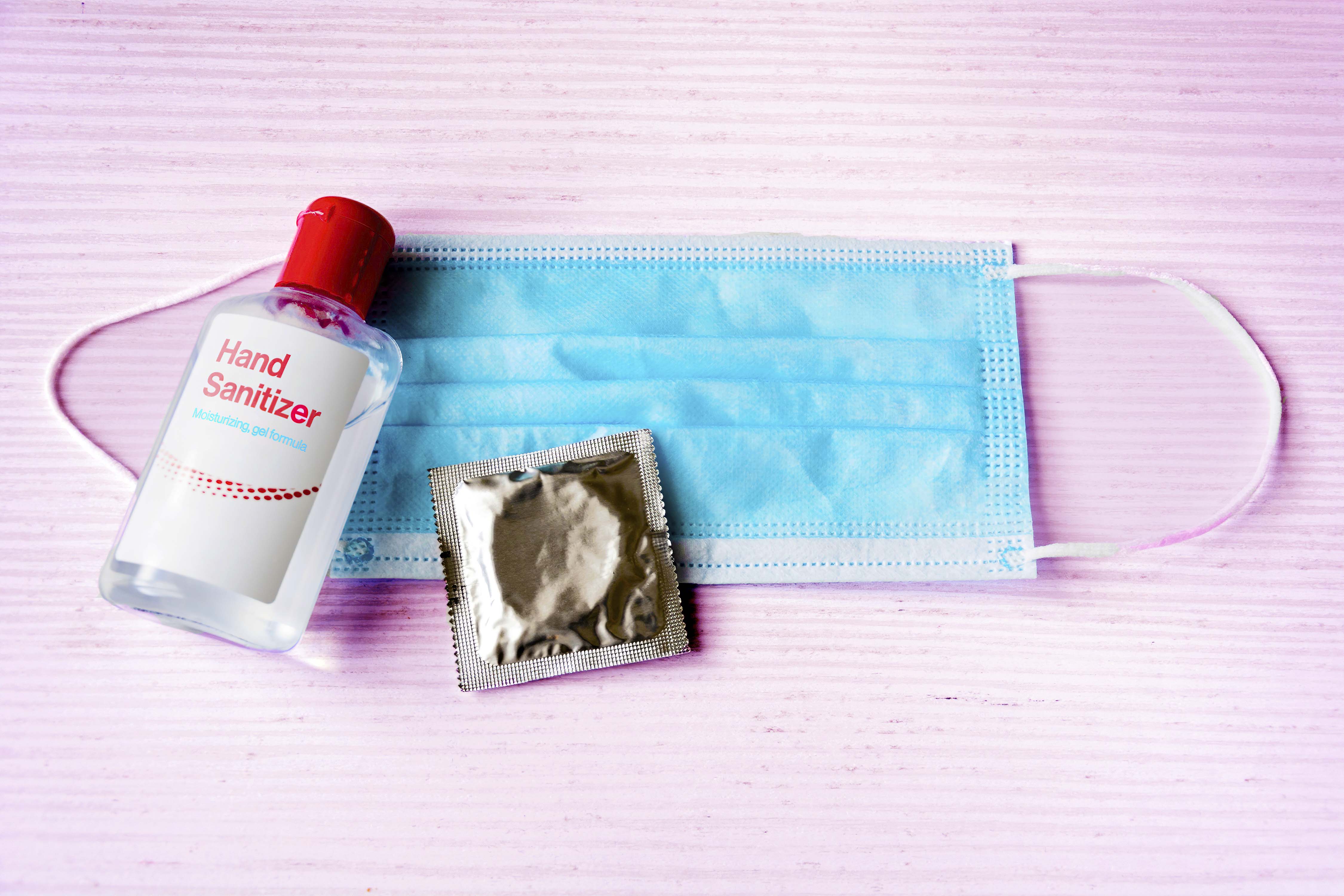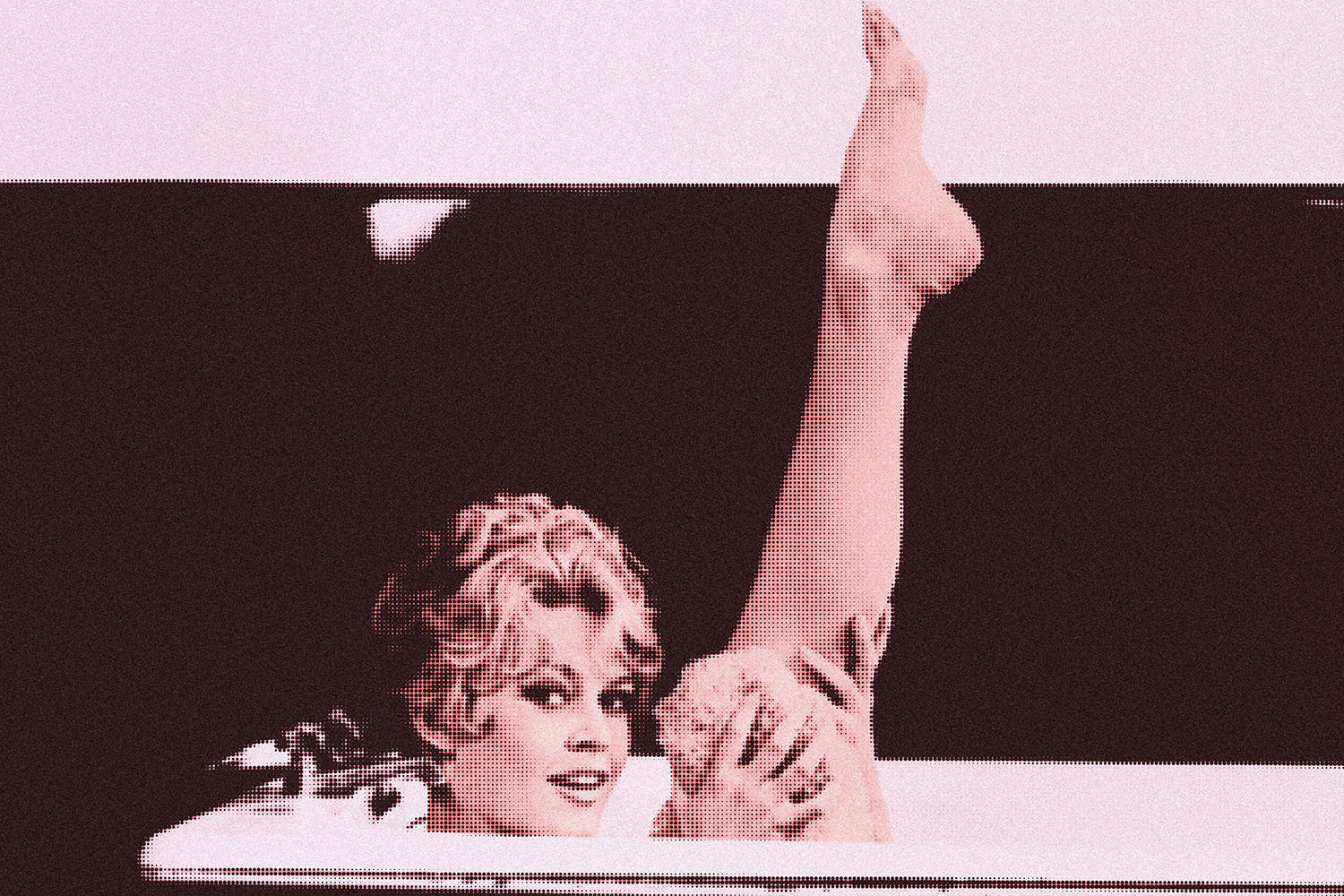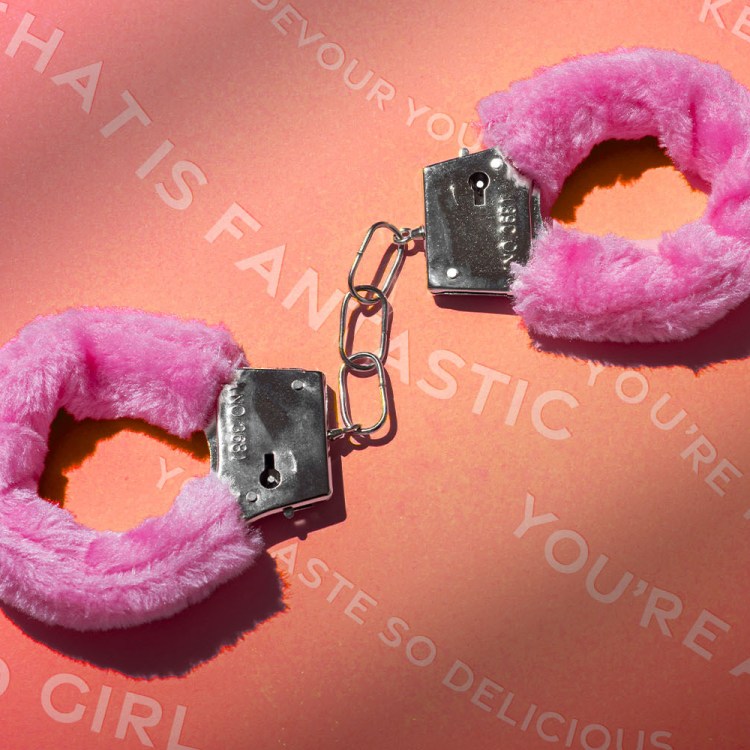When my clients come to me with low libido, diminished sensitivity in their vulva or a lack of orgasm, we first start with work on their nervous systems. Our nervous systems need to be relaxed and in a state of calm before we can fully experience arousal. We need to be taken out of a “fight or flight” state in order to embrace our mind/body connection enough to climax — most of the time, anyway. In some contexts, however, fear can have a funny way of turning us on. If you’re someone who loves skydiving, slasher flicks, rifle ranges or other thrilling experiences, this one’s for you.
Fear, danger and horniness: they mesh together in ways we often neglect to explore intellectually. This horny trinity is woven into the fabric of our everyday lives, but we don’t always notice. Think of horror movies, sexy Halloween witch costumes, novels about the living dead, the Giant Drop carnival ride and BDSM. For many, fear and sex are two sides of same coin.
It all has to do with that indelible rush we get when thrill-seeking. “Sexual arousal and fear come from the same base emotion — physiological arousal,” says Lucy Rowett, a certified sex coach and clinical sexologist. When adrenaline courses through the body of someone who enjoys high-stakes situations (whether perceived or real), it makes them giddy — high, even. It’s a state of euphoria so intense that many of us chase it and seek it out. Again, think of people who absolutely love rollercoasters or scary movies. They genuinely enjoy the feeling of being afraid.
This taste for the terrifying is directly connected to our sexual triggers. Fear and danger can really get us hot and bothered. Consensual encounters designed to amplify the “near-death” feeling are not literally putting you in a life-threatening situation, but your nervous system doesn’t know how to make the distinction. Your biological response to the perceived threat to your life spikes your adrenaline levels, giving you that rush so many of us crave.
Dr. Justin Lehmiller, an expert for sex toy retailer Lovehoney and host of the Sex and Psychology Podcast, tells InsideHook that adrenaline is present both in states of fear and sexual arousal, so it’s not super surprising that both physiological states would occur in tandem. In these instances, the body starts pumping adrenaline and the arousal response kicks in as a result. “When we experience fear, adrenaline is released, which increases heart rate and blood pressure, while also increasing blood flow to the genitals,” he explains. “This is why people in fearful states sometimes report experiencing a genital response despite not feeling turned-on.”
This misattribution of desire doesn’t just happen with fear and danger. Our bodies can become sexually excited by all sorts of lovely things. “Misattribution of arousal can happen any time we are in a state of arousal and then we put the context (environment) of that arousal on what we are attracted to. [It could be] a beautiful, sexy partner, a beautiful car, or [a] delicious pastry,” says Taylor Sparks, an erotic educator and founder of the sexual wellness shop, Organic Loven.
But back to the scary stuff.
Fear-induced arousal can go a step further than the physical, leading to genuine horniness in the mind as well as the body. In other words: You get scared and then are DTF.
This is most often coupled with an erotic cue or image. Such examples include a sexy actor starring in the scary movie you’re watching, (think Brad Pitt in Seven) or riding a rollercoaster with a date you’d fancy seeing naked later. “In these cases, the physiological arousal produced by fear can be mistaken for sexual arousal because people are misattributing the true source of that arousal — they’re linking it to the sexy person rather than to the fearful situation,” Lehmiller explains. The thrill starts the arousal process in your body: you think you’re horny, and then suddenly, you’re jonesing for an orgasm.
So, yes, fear can most definitely make you horny.
In other instances, fear has the power to amplify your horniness when it’s carried from one situation into another. For example, you could watch a slasher film, retain residual fear upon the movie’s conclusion and then have sex, finding the experience even hotter and more intense than usual. Lehmiller says this phenomenon is called an “excitation transfer.” Your nervous system is still on high-alert and the adrenaline is pumping.
Kenneth Play, an international sex educator and creator of the Sex Hacker Pro Series, points out that even though fear can amplify sexual excitement, you also need to know that the “fear” or perceived “danger” is grounded in real safety. In order to become fully aroused, we need to feel safe. The rollercoaster is thrilling and scary, but you know you’re on a ride that was recently inspected and up to code. When you’re watching a scary movie, you know in your conscious mind that it’s just a movie and the masked killer is not coming for you. “If someone is in a car crash that’s happening at the speed of a rollercoaster ride, they are likely not turned on. If someone is experiencing domestic violence, they are likely not aroused [like they] would be in a BDSM scene. If the horror movie happened in real life, we would not be getting ready to bang. It’s the fact that these are ‘safe dangers’ that is arousing. It is the balance between the two that is hot,” he explains.
We could all learn a thing or two from thrillseekers. While we may not all want to be tied up and spanked, be into scary movies, or game for jumping off a waterfall, we all crave the sexually novel to some degree. The necessary balance of excitement and safety often leaves couples dissatisfied with their relationships; we nurture safety and comfort, but forget to keep it exciting in the bedroom. Whether you’re horny for thrill or not, we have to give attention and priority to our sexual relationships. We need to stoke that spark of desire or it will die out.
You don’t need to buy a harness and start doing kink, but you should openly communicate about your desires, fantasies and needs. We need to be willing to explore sexually, even when it’s scary.
This article was featured in the InsideHook newsletter. Sign up now.
























